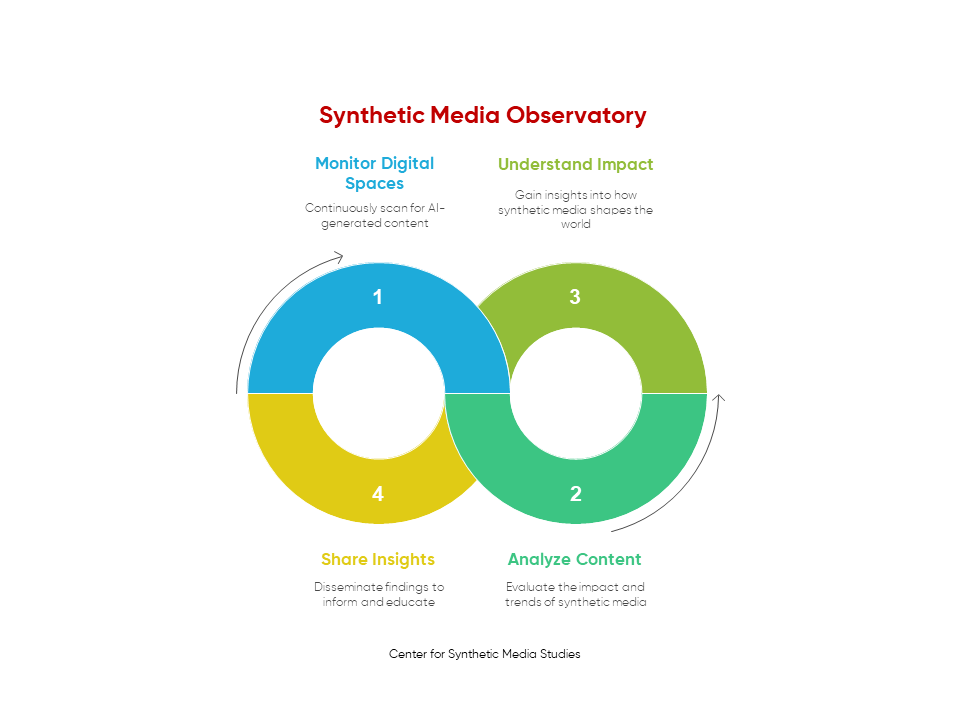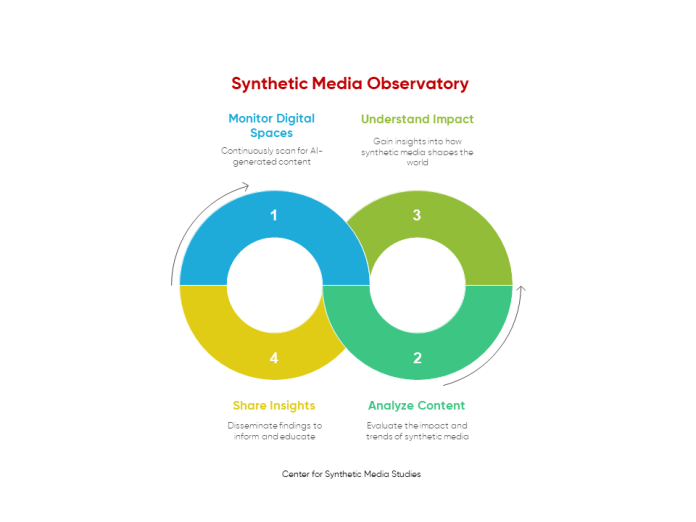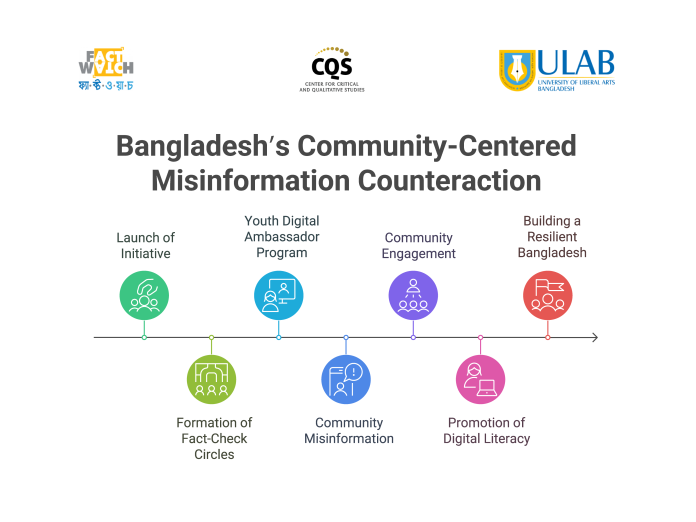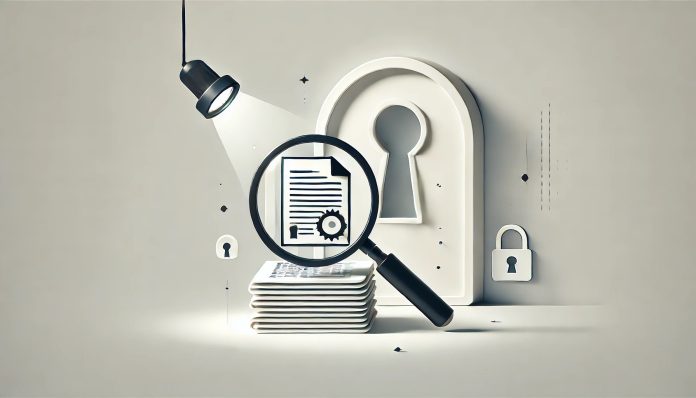Zulker Naeen is a research enthusiast and freelance journalist specializing in environmental and climate change issues. His reporting focuses on climate change-induced food insecurity, natural disasters, and migration. As a citizen of one of the most climate-vulnerable nations, he collaborates with Climate Tracker to report on climate resiliency for vulnerable women and access to climate finance. He is also involved in the Climate Tracker South Asia network, enhancing environmental consciousness among youth.
In addition to his journalism, Naeen is a certified trainer in climate change communication, having completed the “Train the Trainer: Effective Climate Change Communication” program. This certification enables him to design and deliver climate change journalism courses.
However, his working portfolio demonstrates his expertise in climate change journalism, digital literacy, misinformation research, fact-checking, sustainable development, and policy analysis. His engagements highlight a commitment to strengthening media accountability, empowering grassroots communities, and fostering informed policymaking across South Asia.
Portfolio: Recent Projects, Engagements and Roles
Resilient Voices: Tackling Disinformation, Fostering Digital Literacy, & Fact-Checking in Bangladesh
This program empowers grassroots communities, strengthens media accountability, and combats misinformation by fostering digital and media literacy. Aligned with PERI’s mission, it promotes adaptive, inclusive governance in Bangladesh through locally-led solutions that enhance transparency and resilience against false narratives.
Roles: Lead Researcher & Project Coordinator
TekSHOI Media Fellowship: Empowering Grassroots and Solutions Journalism in Cox’s Bazar
By leveraging digital learning tools and expert-led training, the TekSHOI Media Fellowship will equip local journalists with essential skills in ethical journalism, fact-checking, climate reporting, geopolitics, and advanced storytelling. This program aims to amplify underrepresented voices and foster responsible storytelling that drives positive change.
Roles: Project Coordinator & Subject Matter Expert
Formation of the South Asia Regional Fact-checking Alliance (SARFA)
SARFA is a collaborative platform that brings together fact-checkers, media organizations, civil society groups, and technology partners from South Asian countries. The alliance aims to address misinformation and disinformation challenges, especially those that transcend borders, foster regional cooperation to promote digital literacy and truth in media, and guide South Asian nations towards a safe information ecosystem.
Roles: Special Envoy, Regional Strategy, South Asia Regional Fact-Checking Alliance (SARFA)
Nomadic Narratives: The Cross-Border Spread of Misinformation in South Asia
South Asia’s first-ever network symposium on cross-border misinformation, titled “Nomadic Narratives: The Cross-Border Spread of Misinformation in South Asia” at Dhaka, led by the Center for Critical and Qualitative Studies (CQS) in collaboration with CMR-Nepal and SLPI Sri Lanka, supported by the Asia Foundation (TAF). This symposium brought together prominent scholars, media professionals, policymakers, and regional stakeholders to discuss the escalating issue of cross-border misinformation and its social, cultural, and political impact across South Asia.
Roles: Convenor and Project Coordinator
Countering Misinformation and Hate Speech in South Asia: Towards a South Asian Strategy
This research project aims to address the pervasive issue of misinformation in the South Asian region. This initiative seeks to develop a comprehensive strategy to combat misinformation by understanding its patterns, agents, channels, and impacts across South Asia.
Role: Research Coordinator
Securing Green Transition of the Textile and Readymade Garments Sector in Bangladesh
This program has planned to explore barriers to green transformation, review existing fiscal measures,
and identify best practices suitable for green transformations in the textile and ready-made garments sector. It aims to build evidence on how green transition in this industry will generate new opportunities to benefit firms, workers, the economy and society.
Roles: Project Coordinator and Stakeholder Manager
Enterprise Survey to Identify the Construction Industry’s Business and Employment Growth in Bangladesh
This study has analyzed the growth in business and employment within Bangladesh’s construction industry. Funded by the Finance Division of the Ministry of Finance, this survey is coordinated by the Construction Industry Skills Council (CISC), which represents construction professionals, and the National Coordination Committee for Workers Education (NCCWE), which represents construction workers.
Roles: Quantitative Researcher & Data Visualizer
Fifty Years of Bangladesh: Retrospect and Prospect
A virtual international conference, in collaboration with the South Asia Program of Cornell University, to
celebrate the golden jubilee of the independence of Bangladesh, which explored the developments in
different sectors—politics, economy, society and culture.
Role: Assistant Project Coordinator
Bangladesh in 2041: Notions and Narratives of Diversification and Transformation
An international conference, “Bangladesh in 2041: notions and narratives of diversification and transformation”, has comprised 14 thematically organized panel discussions accommodated within four sessions.
Roles: Conference Coordinator
Publications: Climate Change and Environmental Justice
Title: The hidden cost of water scarcity in Cox’s Bazar, Bangladesh
Link: https://globalvoices.org/2025/03/07/the-hidden-cost-of-water-scarcity-in-coxs-bazar-bangladesh/
Date: March 7, 2025 | Publisher: GlobalVoices
Title: Drastic Groundwater Depletion In Cox’s Bazar: Struggles Of Host And Rohingya Communities – Analysis
Link: https://www.eurasiareview.com/10032025-drastic-groundwater-depletion-in-coxs-bazar-struggles-of-host-and-rohingya-communities-analysis/
Date: March 10, 2025 | Publisher: Eurasiareview
Title: A Harsh Reality of Bangladesh: Water Security, Salinity Intrusion, And Internal Migration – OpEd
Link: https://www.eurasiareview.com/30042018-a-harsh-reality-of-bangladesh-water-security-salinity-intrusion-and-internal-migration-oped/
Date: April 30, 2018 | Publisher: Eurasiareview
Title: No alternatives to halt betting on dirty coal! – Views
Link: https://thefinancialexpress.com.bd/views/views/no-alternatives-to-halt-betting-on-dirty-coal-1516808313
Date: Jan 24, 2018 | Publisher: The Financial Express
Title: Climate change: Insurance for ‘Loss and Damage’ is a puzzle- Views
Link: https://thefinancialexpress.com.bd/views/views/climate-change-insurance-for-loss-and-damage-is-a-puzzle-1512911515
Date: Dec 10, 2017 | Publisher: Dhaka Tribune
Title: Bangladesh: Balanced Energy Mix May Establish Energy Democracy- OpEd
Link: https://www.eurasiareview.com/15022018-bangladesh-balanced-energy-mix-may-establish-energy-democracy-oped/
Date: Feb 15, 2018 | Publisher: Eurasiareview
Title: Climate Migration and Health Hazards in Bangladesh- Analysis
Link:https://www.eurasiareview.com/28102017-climate-migration-and-health-hazards-in-bangladesh-analysis/
Date: Oct 28, 2017 | Publisher: Eurasiareview
Title: Is solar irrigation a groundbreaking success for Bangladesh? -Article
Link: https://www.dhakatribune.com/epaper/127905/is-solar-irrigation-a-groundbreaking-success-for
Date: Oct 11, 2017 | Publisher: Dhaka Tribune
Title: Renewable energy: Huge Potentials-Opinion
Link: https://thehimalayantimes.com/opinion/renewable-energy-huge-potentials
Date: Oct 06, 2017 | Publisher: The Himalayan Times
Title: Bet on Coal threatens heritage-Opinion
Link: https://www.talkafrica.co.ke/bet-coal-threatens-heritage/
Date: August 3, 2017 | Publisher: Talk Africa
Title: Unclear Financing Mechanisms Noted During Recent Climate Talks In Germany
Link: http://www.talkafrica.co.ke/unclear-financing-mechanisms-noted-recent-climate-talks-germany/
Date: December 11, 2017 | Publisher: Talk Africa
Title: Sending the wrong signals- Magazine
Link: https://www.dhakatribune.com/magazine/weekend-tribune/24461/sending-the-wrong-signals
Date: Jul 12, 2017 | Publisher: Dhaka Tribune
Title: Towards Renewable Energy: Nepal and Bangladesh-Article
Link: https://naturekhabar.com/en/archives/6698
Date: Oct 5, 2017 | Publisher: Nature Khabar
Title: Success On Solar Irrigation System in Bangladesh Yet To Achieve
Link: https://perspectivebd.com/archives/1722
Date: Oct 2, 2017 | Publisher: Perspective Bangladesh
Title: Climate Migration and Health Hazards In Bangladesh- Analysis
Link: https://www.eurasiareview.com/28102017-climate-migration-and-health-hazards-in-bangladesh-analysis/
Date: Oct 28, 2027 | Publisher: Eurasiareview
Title: Food Security in Doubt: Current Phase of Bangladesh-OpEd
Link: https://www.eurasiareview.com/04112017-food-security-in-doubt-current-phase-of-bangladesh-oped/
Date: Nov 4, 2017 | Publisher: Eurasiareview
Title: Bangladesh: Natural Solutions To Battle Climate Change- OpEd
Link: https://www.eurasiareview.com/14032018-bangladesh-natural-solutions-to-battle-climate-change-oped/#comment-693560
Date: March 14, 2018 | Publisher: Eurasiareview
Publications: Misinformation, Disinformation and other Contemporary Issues
Breaking borders: Tackling misinformation in South Asia together
Link: https://www.dhakatribune.com/opinion/op-ed/363478/breaking-borders-tackling-misinformation-in-south
https://www.dhakatribune.com/opinion/op-ed/363478/breaking-borders-tackling-misinformation-in-south
Date: 29 October 2024 | Publisher: Dhaka Tribune
How should states combat misinformation?
https://www.dhakatribune.com/opinion/op-ed/362715/how-should-states-combat-misinformation
Date: 22 October 2024 | Publisher: Dhaka Tribune
Weaponizing misinformation: How women become targets in times of conflict
https://www.dhakatribune.com/opinion/op-ed/358307/weaponizing-misinformation-how-women-become
Date: 23 September 2024 | Publisher: Dhaka Tribune
Title: Why the misinformation?
Link: https://www.dhakatribune.com/opinion/op-ed/356219/why-the-misinformation
Date: 27 Aug 2024 | Publisher: Dhaka Tribune
Title: Weaponizing misinformation: How women become targets in times of conflict
Link: https://www.dhakatribune.com/opinion/op-ed/358307/weaponizing-misinformation-how-women-become
Date: 13 September 2024 | Publisher: Dhaka Tribune
Title: Gendered Misinformation
Link: https://www.newagebd.net/post/opinion/245465/gendered-misinformation
Date: 18 September 2024 | Publisher: New Age
Title: Beacon of Inspiration in South Asia
Link: https://www.newagebd.net/post/opinion/243103/beacon-of-inspiration-in-south-asia
Date: 21 August 2024 | Publisher: New Age
Title: Anti-India Sentiment on Rise: A Warning Sign of Misleading Narratives – OpEd
Link: https://www.eurasiareview.com/20082024-anti-india-sentiment-on-rise-a-warning-sign-of-misleading-narratives-oped/
Date: August 20, 2024 | Publisher: Eurasiareview
Title: Youth-Led Uprisings in South Asia
Link: https://www.daily-sun.com/post/764033
Date: 27 August 2024 | Publisher: Daily Sun
Title: Impacts of Bangladesh’s uprisings on neighboring countries
Link: https://www.observerbd.com/news/488681
Date: September 5, 2024 | Publisher: Daily Observer
Title: Unmasking the cricket rumour mill-Views
Link: https://www.tbsnews.net/sports/unmasking-cricket-rumour-mill-845656
Date: May 07, 2024 | Publisher: The Business Standard
Title: A different sort of foul play- OpEd
Link: https://www.dhakatribune.com/opinion/op-ed/345579/a-different-sort-of-foul-play
Date: May 04, 2024 | Publisher: Dhaka Tribune
Title: A Harsh Reality of Bangladesh: Water Security, Salinity Intrusion, And Internal Migration – OpEd
Link: https://www.eurasiareview.com/30042018-a-harsh-reality-of-bangladesh-water-security-salinity-intrusion-and-internal-migration-oped/
Date: April 30, 2018 | Publisher: Eurasiareview
Author’s Profile
Global Voices [https://globalvoices.org/author/zulkernaeen]
Eurasiareview [https://www.eurasiareview.com/author/zulker-naeen]
Dhaka Tribune [https://www.dhakatribune.com/author/zulker-naeen]
Financial Express [https://thefinancialexpress.com.bd/reporter/zulker-naeen]
Others



















